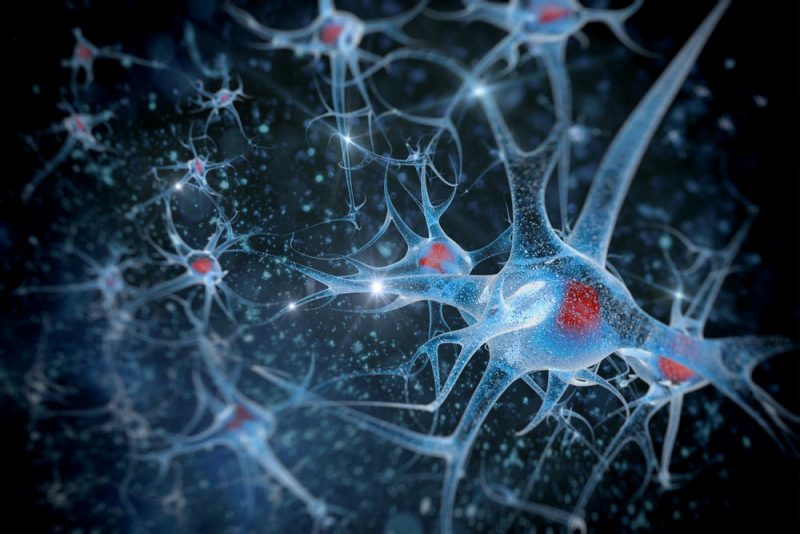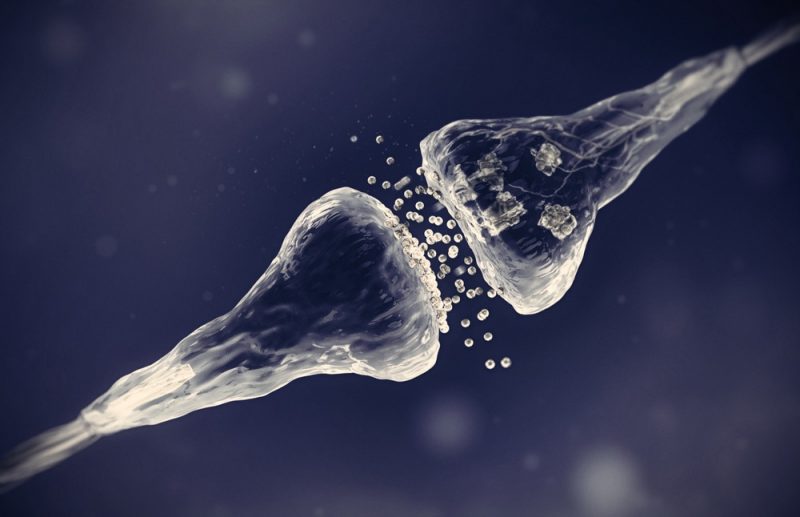The neurons They are the nerve cells, that is, those that make up the brain and the rest of the nervous system. These cells communicate with each other through chemicals called neurotransmitters. They were discovered in 1921 by Otto Loewi. For example: acetylcholine, dopamine, endorphins.
Neurotransmitters can be:
- Amino acids. Organic molecules formed by an amino group and a carboxyl group.
- Monoamines. Molecules derived from aromatic amino acids.
- Peptides. Molecules formed by the union of several amino acids, through special bonds called peptides.

Examples of neurotransmitters
- Acetylcholine. It stimulates the muscles, through motor neurons, fulfilling excitatory or inhibitory functions. It also performs functions in the brain, in areas associated with attention, arousal, learning and memory.
- Cholecystokinin. Participates in hormonal regulation.
- Dopamine (monoamine). It controls the voluntary movements of the body and also regulates pleasant emotions. It fulfills inhibitory functions.
- Encephalins (neuropeptide). Its function is inhibitory, helping to block pain.
- Endorphins (neuropeptide). It has an effect similar to that of opiates: reducing pain, stress and helping to restore calm. In some animals, they allow them to winter, thanks to a decrease in metabolism, respiratory rate and heart rate.
- Epinephrine (monoamine). It is a derivative of norepinephrine, it works as an exciter, controlling mental focus and attention.

- GABA (Gamma Aminobutyric Acid) (amino acid). Its function is inhibitory since it reduces neuronal activity and in this way avoids overexcitation and consequently reduces anxiety.
- Glutamate (amino acid). Its function is excitatory. It is associated with the functions of learning and memory.
- Glycine (amino acid). Its function is inhibitory and it is the most abundant in the spinal cord.
- Histamine (monoamine). Mainly excitatory functions, associated with emotions and the regulation of temperature and water balance.
- Norepinephrine (monoamine). Its function is excitatory, regulating mood and arousal both physical and mental. Increases heart rate and blood pressure.
- Serotonin (monoamine). Its function is inhibitory, intervening in emotions, mood and anxiety. It participates in the regulation of sleep, wakefulness and eating.
